Part Analysis
| General Data | |
| Manufacturer (OEM) | Great Wall |
| PCB Type | Double-Sided |
| Primary Side | |
| Transient Filter | 4x Y caps, 2x X caps, 2x CM chokes, 1x MOV |
| Inrush Protection | 1x NTC Thermistor & Relay |
| Bridge Rectifier(s) |
2x SAM YANG GBU2508 (560V , 25A @ 100°C)
|
| APFC MODFETs |
1x Transphorm TP65H035G4WS (650V, 29.5A @ 100°C, Rds(on): 41mOhm)
|
| APFC Boost Diode |
1x Rohm Semiconductor SCS310AH (650V, 10A @ 135°C)
|
| Bulk Cap(s) | |
| Main Switchers |
2x Rohm Semiconductor R6035VNX3 (600V, 35A @ 25°C, Rds(on): 0.114Ohm)
|
| APFC Controller | |
| Resonant Controller |
1x Champion 6901X
|
| IC DRIVER |
1x Novosense NSi6602
|
| Topology |
Primary side: APFC, Half-Bridge & LLC converter
Secondary side: Synchronous Rectification & DC-DC converters |
| Secondary Side | |
| +12V MOSFETs | 6x Infineon BSC014N04LS (40V, 100A @ 100°C, Rds(on): 1.4mOhm) |
| 5V & 3.3V | DC-DC Converters: 4x Diodes Incorporated DM53004LS (30V, 140A @ 25°C, Rds(on): 3.8mOhm) PWM Controller(s): 1x ANPEC APW7159C |
| Filtering Capacitors | Electrolytic: 1x Rubycon (3-6,000 @ 105°C, YXG), 1x Rubycon (2-10,000 @ 105°C, YXF), 7x Nichicon (6-10000 @ 105°C, UHW), Polymer: 21x FPCAP , 13x Nippon Chemi-Con |
| Supervisor IC | Weltrend WT7881P |
| Fan Controller | AS358M |
| Fan Model | Champion CF13525L12D (135mm, 12V, 0.2A , Double Ball Bearing Fan) |
| 5VSB Circuit | |
| High Side Rectifier |
1x ER2J (600V, 2A @ 100°C)
|
| Standby PWM Controller | Power Integrations TNY278PN |
The design is clean, with lots of clear space on the secondary side for unobstructed airflow. The primary side heatsinks are large, helping lower the fan’s speed and noise output. The only daughterboard holds the DC-DC converters that generate the minor rails. The design might be clean, but unfortunately, it is not as modern as I expected, given the MODFETs on the APFC converter. For starters, Great Wall didn’t use a bridgeless totem-pole APFC converter, which offers minimized energy losses and the highest possible efficiency, but a plain CCM one. Given the standard PFC controller, I believe that using MODFETs in this PSU helps more in marketing than in real-life performance.
Overall, the build quality is good, with spotless soldering jobs and good parts used, but the PCB’s backside protection coating should be cleaner. It will not affect performance, but I couldn’t help but notice it. That said, it is good to see proper thermal pads used in the PSU’s FETs and a special heatsink along with thermal paste for the MODFETs, but if they wanted to do a perfect job, they should avoid using plain screws but ones with clips.
On the primary side, in addition to the typical APFC converter, we find a half-bridge topology and an LLC resonant converter. A synchronous rectification scheme on the secondary regulates the 12V rail, though six Infineon FETs and two DC-DC controllers handle the minor rails. All filtering caps are by well-known brands, and GW used several electrolytic caps to provide enough capacity for the PSU to withstand transient loads.
The cooling fan uses a double ball bearing, which is much more tolerant to high operating temperatures but also has increased bearing noise at low RPMs. Fluid dynamic bearings do not face this issue while providing an equally long lifetime under normal operating conditions. Given that a PSU fan most likely won’t have to operate under harsh conditions and because of the DBB-bearing noise, FDB fans dominate the PSU market.
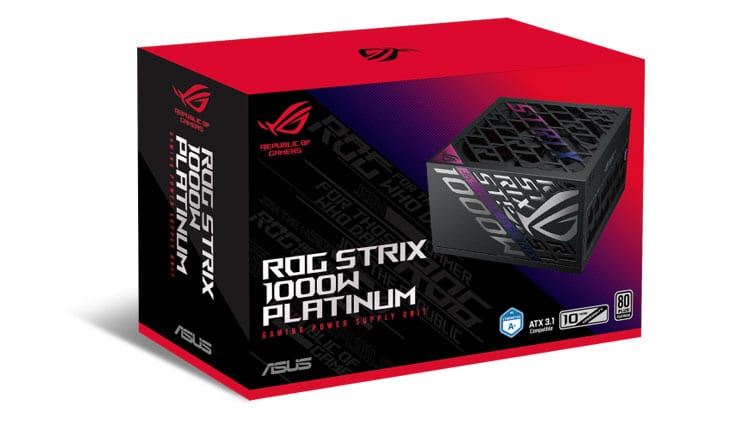

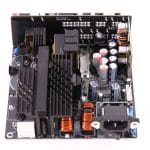
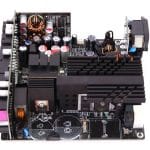
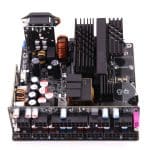
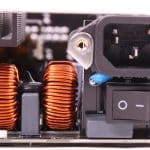
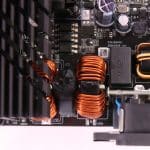
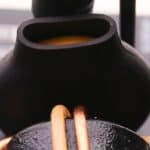
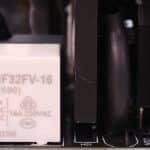
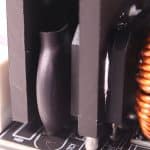
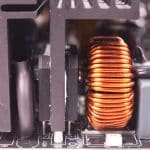

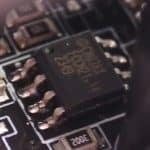
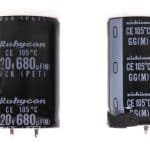
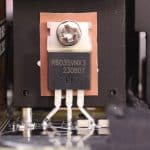
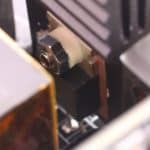
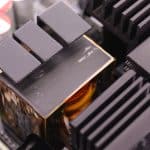

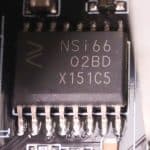
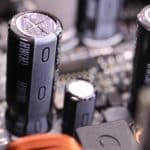
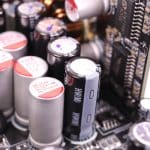
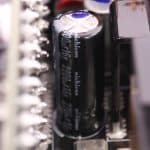
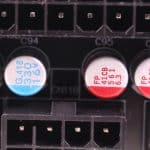
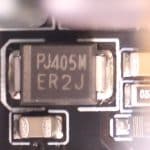
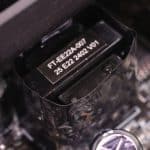
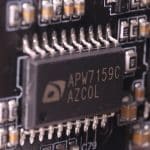
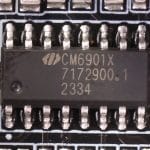
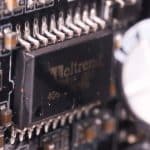
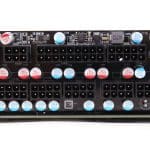
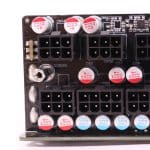
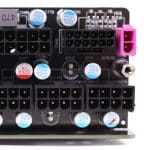
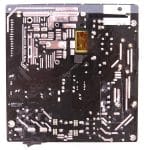
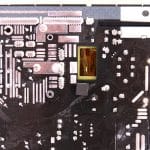
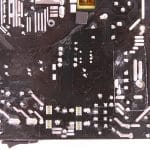
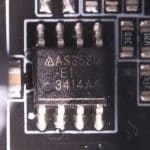
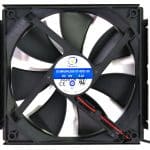
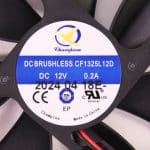
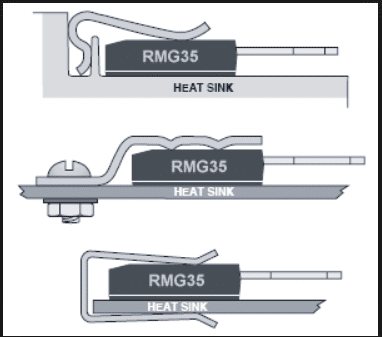
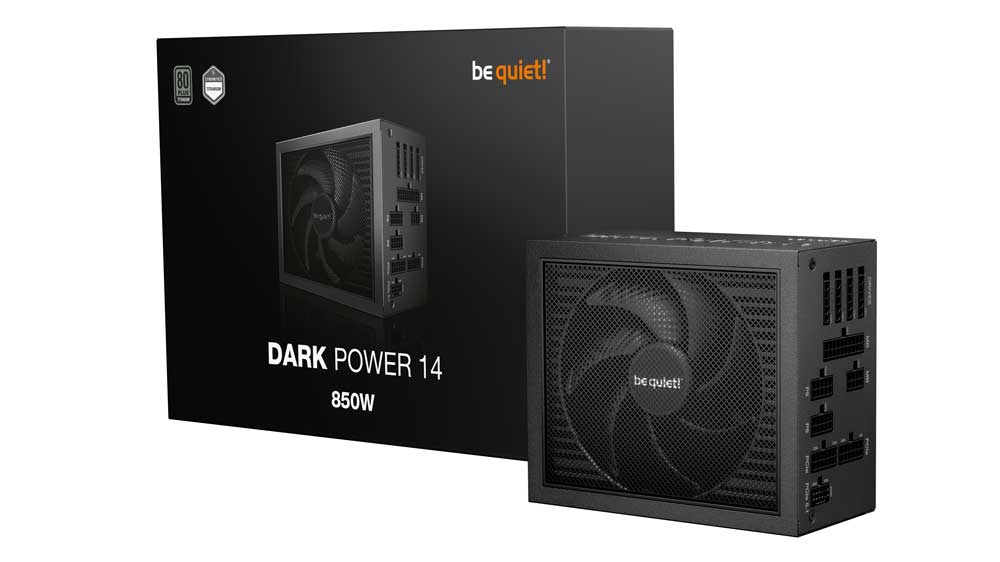

Fantastic web site. Lots of useful info here. I am sending
it to a few pals ans additionally sharing in delicious.
And of course, thank you to your sweat!
Asus Rog Strix 1000p or Corsair RM1000x ATX 3.1 or XPG Core Reactor II 1000w?
Does GaN has any impact except efficiency which isn’t expoited, like longevity and decreased temps?
What is the deal with the two extra “IVS” pins they included on the 12V-2×6 cable? Does anything change if they are plugged in or not?
Has Asus fixed the problem with the fan noise? Is there any information about it?
yes, they changed fan.
Unfortunately, the problem with the fan bearing noise is not resolved. It’s really annoying and I sent it back
sorry to hear that. You probably got one of the early units.
Does anyone know when Asus Thor III 1000w will be released?
I have been using asus thor 1000w p2 for about 1 month. coil whine sound is coming regardless of whether the computer is off or on. the computer case is on my desk 60-70cm away from my ear distance.
coil whine can be from the hardware combination, not only from the PSU. Please note that.
Hi Aris,
Are you going to test the new Asus Thor III 1000w? I ordered the Asus strix ATX3.1 1000w Platinum, but I’m wondering if it’s better to go with the new Thor that was announced today.
In your experience, Great wall vs CWT, which one is better? (As I understood the new Thor is manufactured by CWT)
Hi! Unfortunately Asus marketing doesn’t know my existance. They don’t consider me a KOL (key opinion leader)
https://www.einarexglobal.com/psu/
aris did u tested some einarex psu, because i’ve seen one of them certified by cybenetics gold, i was wonder about the internals of these psu because my fellow worries about it because it’s not listed at the cybenetics websites, would you review it on hwbusters too ?
Hi! We tested them but have not issued the official certs yet.
I have an insider tip that the Rog Thor III 1200W Platinum is also based on the Enchance (a more advanced platform), so you shouldn’t expect much better performance (+ they replaced the fancy fabric-braided cables with mediocre PVC-braided ones, exactly the same as this one Strix).
In general, we can say that Thor III Platinum has achieved the status of a premium power supply.
>In general, we can say that Thor III Platinum has achieved the status of a premium power supply.
Thor III Platinum has lost the status of a premium power supply)
Sad that the GaN mosfets was just a marketing gimmick here. Now I wonder if you can check if this is also the case with the ROG Thor 1200W Platinum III which is, supposedly a more premium plat PSU or if there is no point in it compared to the Strix plat in performance. But also the ROG THOR 1600W Titanium III when compared to the previous Thor Titanium.